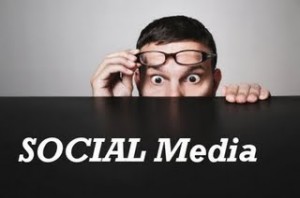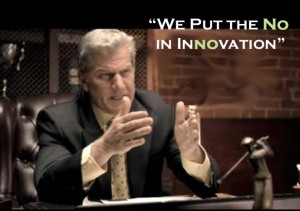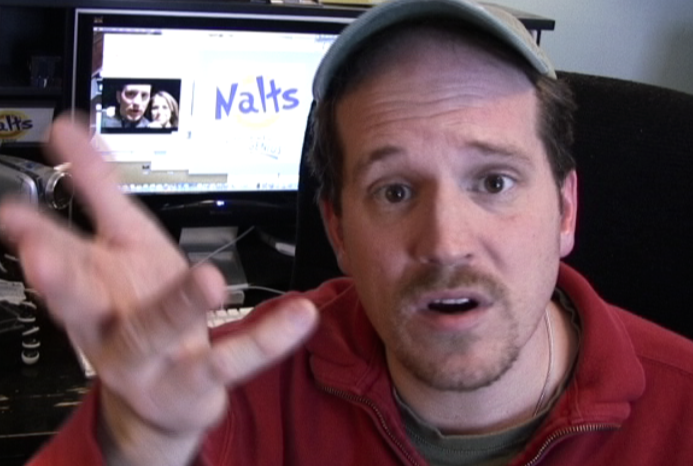Welcome WVFF Guest Blogger
Larry Kless
 2009 proved the power of video and social media can change the world.
2009 proved the power of video and social media can change the world.
We experience the Presidential Inauguration with millions of friends on Facebook. We read breaking news stories from citizen journalists on Twitter. We saw live as-it-happens video on YouTube hours before the stories reached our televisions and the standard reports by traditional news agencies were read.
More than any other year 2009 saw the rise of video as one of the most effective communication mediums in world history.
Virtually, every aspect of video is now included in business. From concept, scripting, storyboards, production, editing, encoding, storing, managing, distributing, syndicating, tracking, analyzing, etc… Content producers, media companies, small and medium-sized business all have the same opportunities to build their business and become online video publishers like any major corporation.
2009 also saw a shift in how we do business, from the personal to the virtual, in boardrooms, in our living rooms and especially, from our mobile devices; which will soon do everything and anything we can imagine.
The stresses of the 2008 economy saw businesses cut their travel budgets, so it was no surprise that after more than 20 years videoconferencing found its resurgence as, “the next big thing” and video became the vehicle for our conversation.
TelePresence became a household word. Powered by Cisco TelePresence Solutions nonstop marketing efforts, IP video chat, WebConferencing, collaboration and live video streaming moved to the forefront as many businesses and media companies looked for ways to connect people and their team members to broaden consumer markets and publishing.
In 2010 I predict the most important area for video marketing and publishing will be the value video brings to the rate of return, ROI. Analytics will be big! It is how we measure and track performance, but it’s not going to be just about numbers, it’s going to be about engagement and reach.
Since “views” is what ultimately drives revenue we will see the emergence and demand for a standardization metric in both the industry and in business. We will also see an increase in social media metrics focused on search, discovery and optimization.
It is no longer enough for companies to deploy video solutions, business will need to engage in the communities where their audiences are through a variety of social networks. Conversation tools like Facebook, Twitter, YouTube will help marketers extend their reach and promote their brands.
Video is now part of the strategy within the ecosystem of marketing, and not just part of online marketing, but it must be part of everyone’s overall business plan.
Finally, in 2010 we will see more focus on high quality content, storytelling and a Smart Video Business Model (SVBM) will emerge to help foster that growth.
 Read Larry’s WebBlog
Read Larry’s WebBlog
Website: Online Video Publishing
Larry’s Vator News Channel
On Twitter @ LinkedIn








